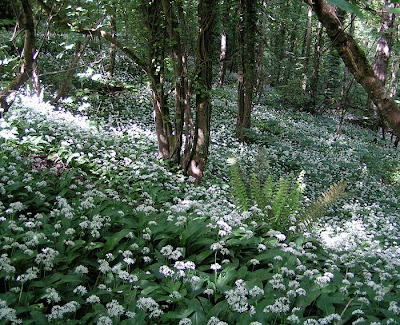Swiss CraftsmanshipI don't think most Americans are aware of the high level of craftsmanship that seems to flow through the veins of the Swiss people. For those who have ever known any Amish folks may have an idea of what I'm talking about, since the Amish are of Swiss origin. I'm referring to people who have been using skills from the seventeenth century to make their way in the world. This may not sound terribly romantic to those of us deeply entrenched in our modern gadgetry...but any craftsman would appreciate the skill of making a barn from a six-foot sawblade and a wood plane, or fixing the wheel of a horsedrawn carriage. I grew up in Missouri, so maybe I had more exposure to the Amish community than some, but as a kid, I thought their way of life was pretty cool.
Over the Easter holiday, I was preparing dinner at my friend's home in the Swiss Canton of Valais. They have a fairly modern kitchen, but my eyes lit up at the sight of their mandolin. I always appreciate seeing kitchen gadgets, since a good gadget can make my life so much easier. This was a charming tool made of three pieces of wood, an adjustable blade, and no glue whatsoever. It's a lot like a wood plane, upside down, with a notch in the front leg to wedge against the counter, and a finger hole for ease of moving or hanging. The simplicity of the design and the building materials was a marvel for me, and it was the tool I used more than anything else except the stove.

Of course, there are other designs for the mandolin. The French model (Matfer) shown is all stainless steel, also with an adjustable blade, and can be folded for storage after use. That's nice enough, except that it's heavy and quite expensive. Then there is the plastic Japanese model (Benriner) that has dominated the professional market because it is small and cheap. It also has an adjustable blade, but the plastic parts tend to bend and perform unevenly with sustained usage. So, if you have the space, for the best performance and the most charm, I recommend the Swiss model.
 Cool Tools Modernized
Cool Tools ModernizedOne of my favorite things about cooking in another country is finding these special tools. Yes, their mandolin is cool, but I'd used mandolins before. I was pretty excited to see one of their many specialized waffle irons. This dandy is an electric appliance that makes a pressed cookie like something between a tuile and a Belgian Waffle. The Swiss call these treats bricelets or brezeli, and they can be made either savory or sweet. While they are warm, they can be shaped like a tuile, light and crunchy! You can shape cones or cigars, make tile shapes or just leave them flat. The original waffle irons were pattern-engraved cast-iron plates on the end of long iron handles, so they could be warmed in the fire.

You pour the batter into the press and close it. The batter cooks very quickly, and stays crisp as long as they are dry. I wanted to use them as a kind of
tartine covered with sweetened ricotta, poached rhubarb and mandarins, not a traditional preparation, but tasty nonetheless.
 The Swiss Betty Crocker
The Swiss Betty Crocker
If there is one cookbook author that is universally recognized in Switzerland, it is Betty Bossi. She has collected and published extensive recipes from across the country. Taken as a whole, her works are much like a Swiss Joy of Cooking. I found a nice bricelet recipe, but perused another hour through the culinary repertoire.
